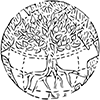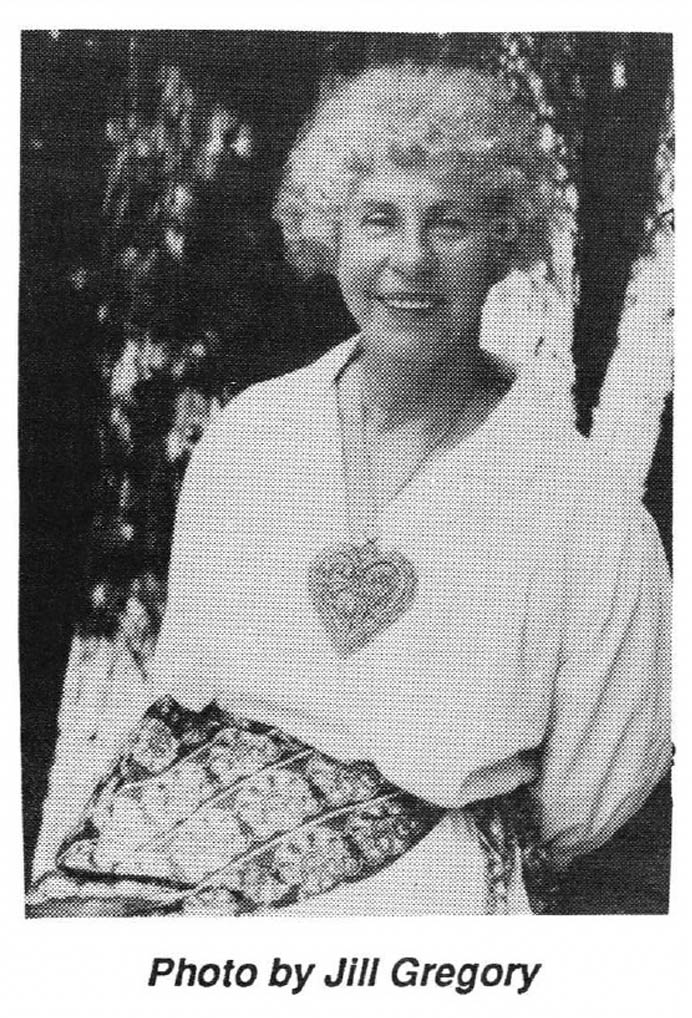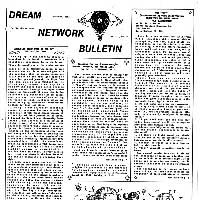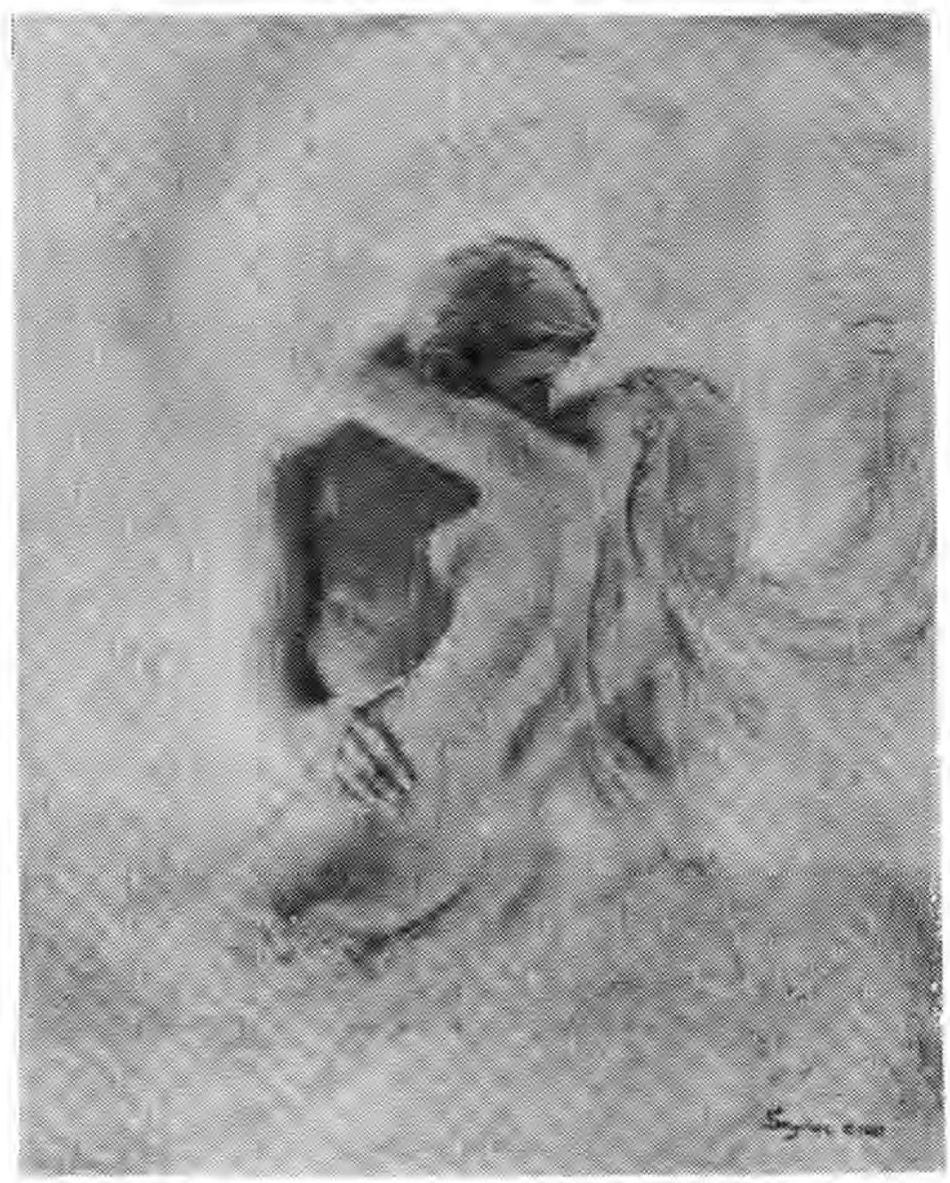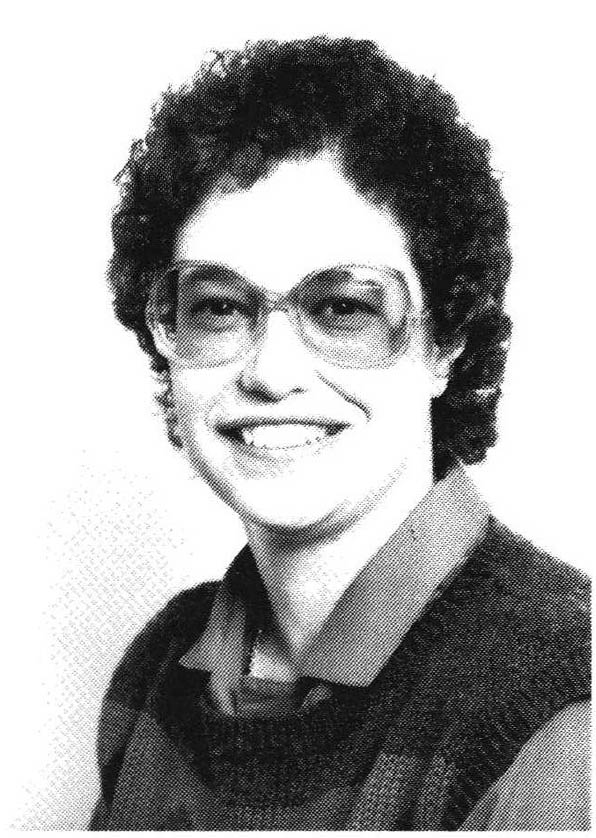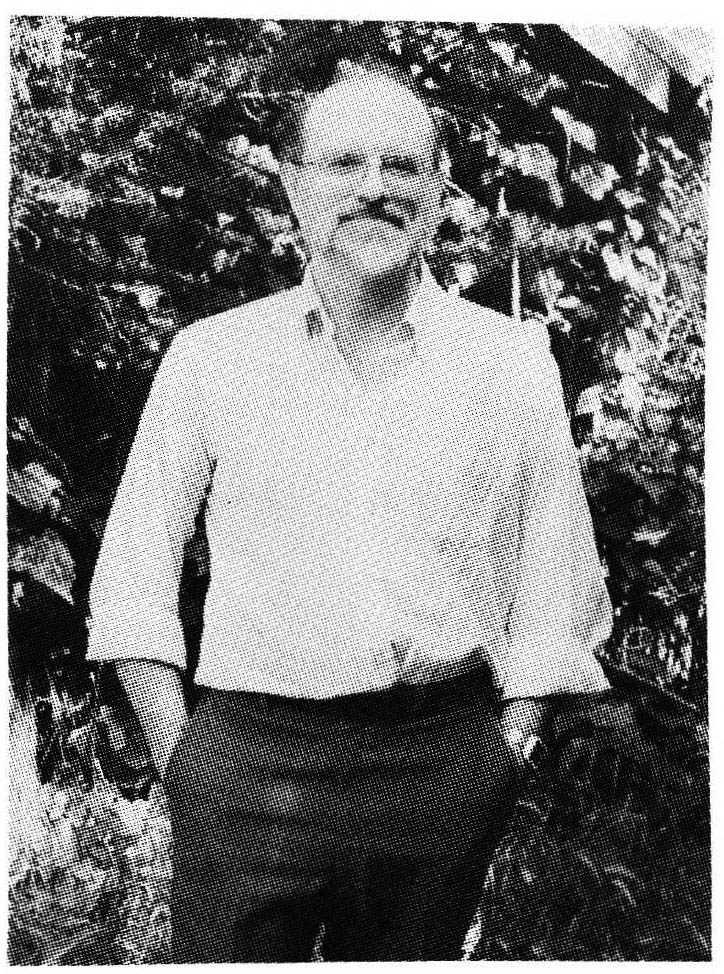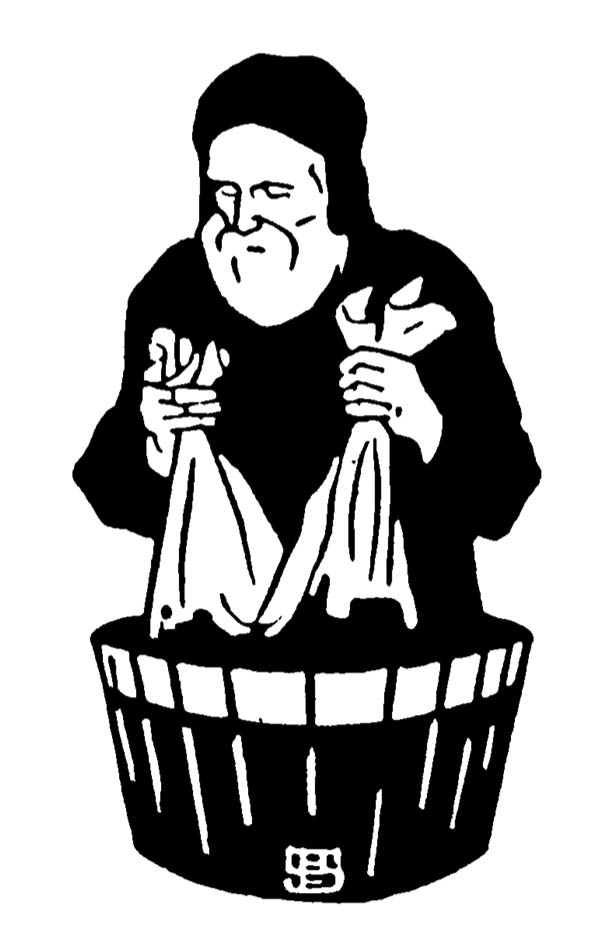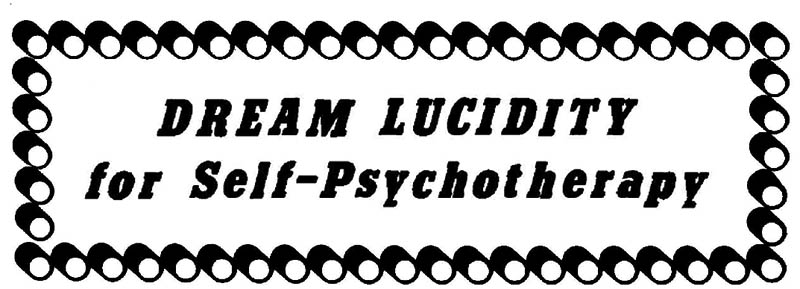
When dream analysis occurs during the waking state, progress can be hampered by the fact that the images have vanished, the dreamer's feeling state is altered, his memory of the dream may be distorted, his sense of connection to the dream may be diminished as may his motivation to respond to the dream.
However, dream lucidity offers a major breakthrough in that the dreamer retains a high approximation of waking life awareness while dreaming. If so inclined, the dreamer may conduct an implicit or explicit analysis of the cream. Simply observe the dream and let it unfold of its own accord while keeping the question as to what it all means in the back of one's mind. If the dreamer is a character in the dream, following any automatic impulses may allow the dreamer to arrive at an intuitive understanding via implicit analysis.
Based upon 9½ years of lucid dreaming, I have evolved the following method of explicit analysis:
I evaluate the dream situation, paying attention to my natural inclinations (such as curiosity about what will unfold or a desire to leave the dream scene); the intensity of the imagery; the presence of recurrent symbols or themes; and correlations to waking life (such as "Is this a response to recent incubations?" "What are my lucid dream goals?" "How urgent is this issue in my waking life?")
I decide how I wish to employ my dream lucidity after giving myself the option of foregoing the lucid dream state entirely or of using it to relax, to play or to experiment.
I consider my repertoire of dreamwork methods (Senoi, Delaney's Definitional Method, Gestalt, Sparrow's Seeking the Light Method, Freudian, Tibetan & Gillespie's Elimination of Imagery Method, LaBerge's Aiming for the Highest Good, and Jungian) and decide to employ the method that either seems called for by the dream or to which I am inclined. If nothing suggests itself to me, I move to Step 4.
[Note: This step is a highly effective dreamwork technique in and of itself.] If the dream is just beginning or if I am curious as to what is about to occur, I conduct an implicit analysis (as previously described. When the dream is well established, I do one or more of the following technique:
- employ my chosen dreamwork technique
- participate in the dream by reversing my automatic impulses
- reflect upon the dream
- experience fully my feelings In the dream and
- directly question the dream characters, objects, figures and events as to their message for me.
I stay with the dream until the work feels finished, I feel complete or the issue feels resolved. If it concerns something in my waking life, I use reason and intuition to derive a way to change how I respond to the situation and I resolve to implement the new behavior.
I feel appreciation to the dream itself and to the source of dreams.
The strength of this method is its capacity to adapt the dreamwork method to both the dream and the dreamer. If, however, the chosen dreamwork method proves awkward, the dreamer is tree to opt for another method at any point.
A more frequently occurring difficulty arises when the dreamer begins to.resist the dreamwork due to the intensity of the imagery. When this happens, I recommend that the dreamer: a) asks for help; b) calms down by taking breaks from the work (I zoom through space with my dream eyes closed); c) modifies the imagery so that it is less overwhelming (I shrink images); and, as a last resort, d) requests and enters a new dream scene dealing with the same issue but with more manageable imagery.
With practice, executing this series of 6 steps becomes more automatic. Until that point, even the most minimal participation in either implicit or explicit within-dream analysis can prove astonishingly beneficial.
